Start here | My training philosophy
Tough times don't last. Tough people do.
We can’t always predict when something out of the blue might happen; we could be walking down the road when are needed to help save someone trapped underneath a car or see a child dangling from a balcony and resolve to climb up to save it from certain death. Our ability to be strong, resilient and adaptable can determine the outcome of a situation for better or worse.
How would you feel if you couldn’t save yourself, your loved ones or others around you - not because of circumstances beyond your control, but because you were incapable?
This may seem far-fetched and unlikely, yet take a look at the compilations of real life heroes and see how they stepped out of their everyday lives and made a difference.
i want you to Become Anti-Fragile
I’ve come from the traditional way of training with repetition, ‘good’ form and regular workout routines. I have competed at a national level in running, climbing and obstacle course racing. And, you know what? When I was 20 it felt as though my body was falling apart. Sure, I was ‘gym-strong’ but I couldn’t understand why I had shin splints, tendinitis in my knees and a bad back. Was this it?
I kept reading, studying and experimenting with different types of training and found something that worked and because we’re all pretty much the same physiologically, it not only worked for me but for my clients as well.
What I started to do differently
I began to base my training on what our ancestors would do in our natural habitat and I discovered that in life, training, diet, maybe in everything, the body thrives on chaos and actually flourishes when we add randomness into the mix. If I wanted to be able to handle future, unknown and unpredictable situations, I’d need to add elements of it into my training. In short, by incorporating uncertainty, chaos, failure and challenge I became ready for anything.
It’s given my training a purpose and meaning outside of getting the best beach body. I’ve seen how my clients develop self-confidence as their abilities grow and they feel capable of dealing with whatever comes their way. We’ve seen time and time again ‘normal’ people step-up when it’s most needed to become exceptional.
What's 'Natural' Anyway?
Maybe chronic niggles aren’t a sign you’re getting older, but a sign you’ve spent too long being sedentary. Perhaps it’s worth considering that, like other mammals, if you’ve spent a life in captivity you aren’t going to be as fit and strong as if you were in your natural environment.
Once I realised that our lives are essentially spent in captivity, a lot of the issues we face began to make much more sense. We may have been felled by a lion back in the day, but now we deal with the slow decline brought on by our modern diet and lifestyle and must dodge the bullets of chronic stress, mental health issues and a whole host of degenerative diseases.
In a sense, we are all still hunter-Gatherers and, although we can’t replicate our natural habitat entirely, we can optimise our lives to fit into the modern constraints we face.
Despite us living in plush houses and driving around in our cars, we’re still physiologically adapted to be in the environments we’ve spent the majority of our time in as a species. And, for the most part, we weren’t lounging in Starbucks on our smartphones. We know we feel better after a walk in the woods than we do an afternoon of shopping. In the rare times we’re alone with our thoughts, in silence, we feel that gap, we know there’s something missing but can’t put our finger on it; it’s a disconnection from the world around us, from the weather, the plants, the animals. We plug this gap by buying pets and houseplants, but if we get quiet enough, turn off our phones and the TV, we’ll still feel the pull to the wild, because that’s our real home.
Natural Movement
Balance | Carry | Climb | Crawl | Fight | Hang | Jump | Lift | Run | Swim | Throw | Walk
what would our ancestors do?
I know you’re thinking, ‘they weren’t building websites or working in offices’, and I’m not going to encourage you to go feral and live in a cave. My mission is to find the workaround for this modern age; we may exist in enclosures, but it doesn’t mean we can’t try and emulate life in the natural world as best we can. One of the ways to do this is what Katy Bowman calls stacking:
In multitasking, we’re trying to do many things at one time (sometimes unrelated things). Stacking, on the other hand, is the concept of doing one thing that accomplishes many goals. In other words, the results we seek are layered—or stacked—in one single activity.
Deep down we all are painfully aware that our current way of life is slowly destroying us and the planet we live on. Comfort and convenience has brought with it unintended consequences and I believe that by moving more we can make a positive impact on the world, even if it feels small and insignificant; as Lao Tzu said, ‘a journey of a thousand miles begins with a single step’.


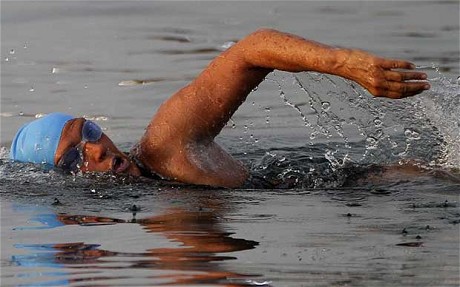
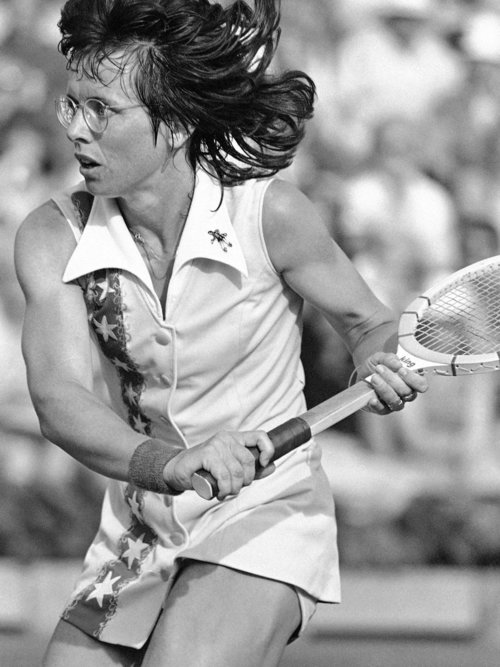
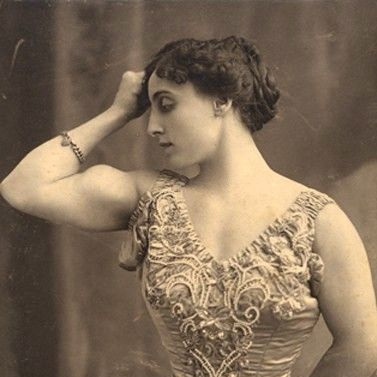







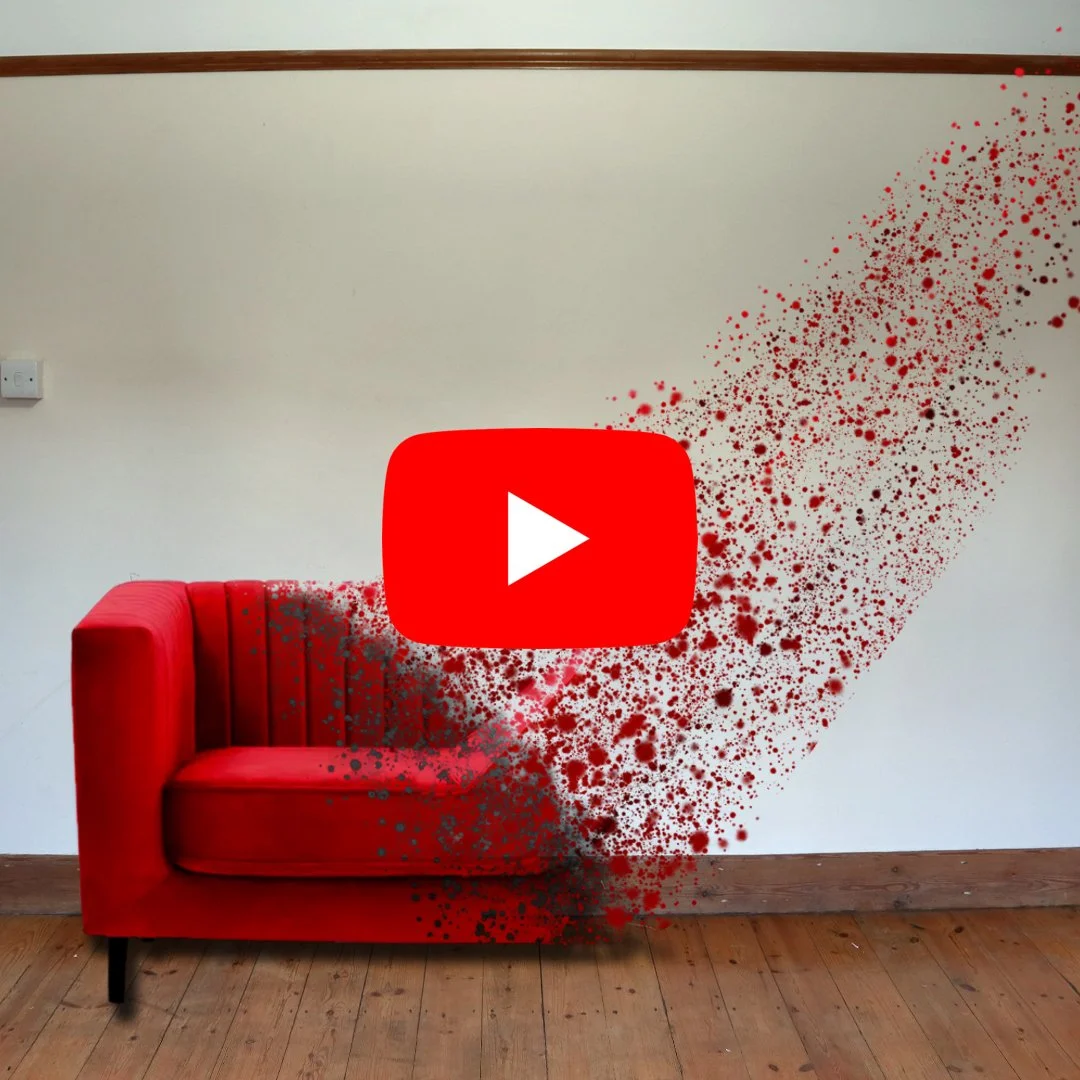













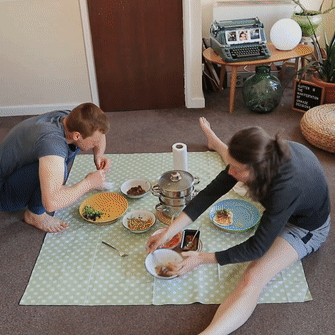









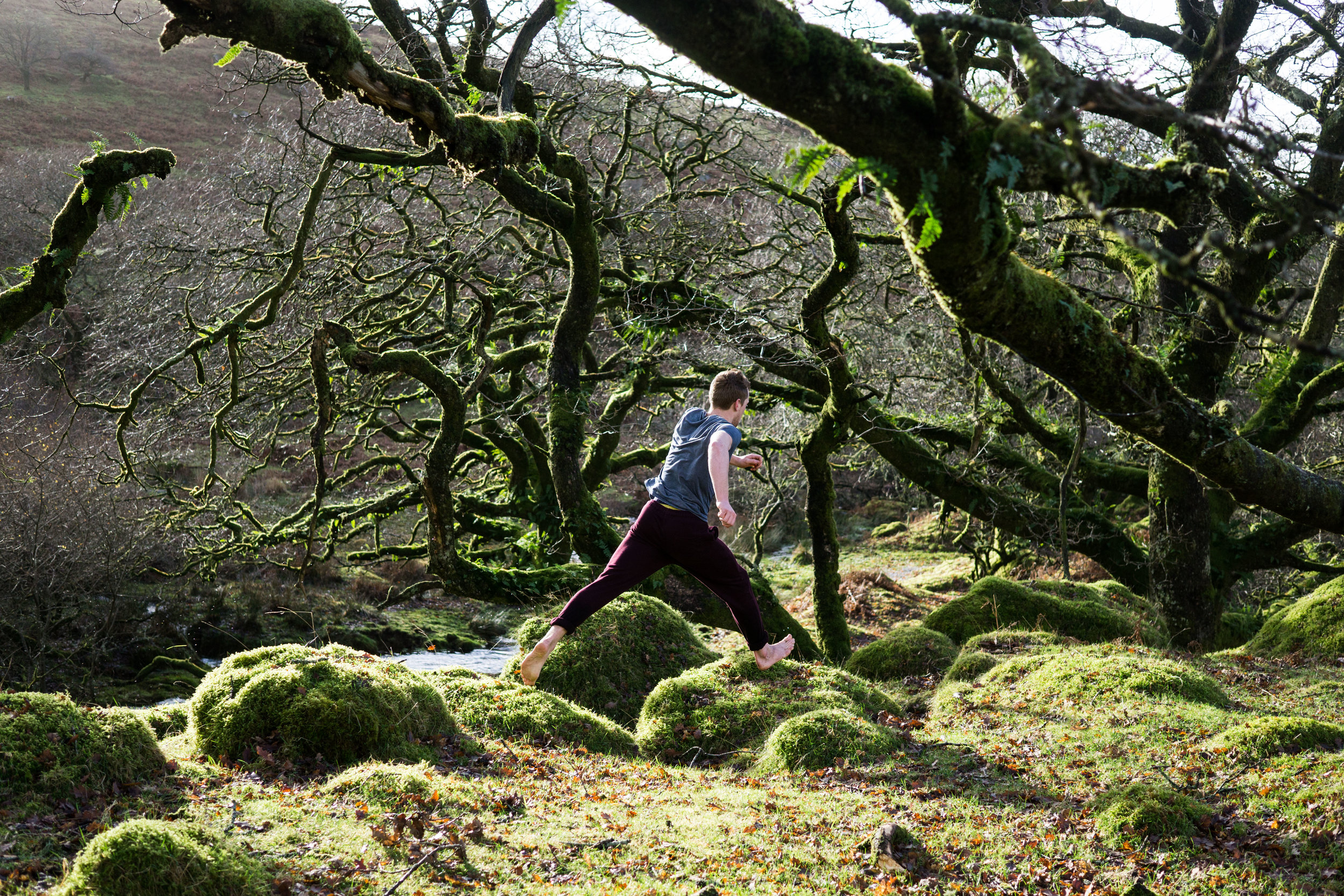
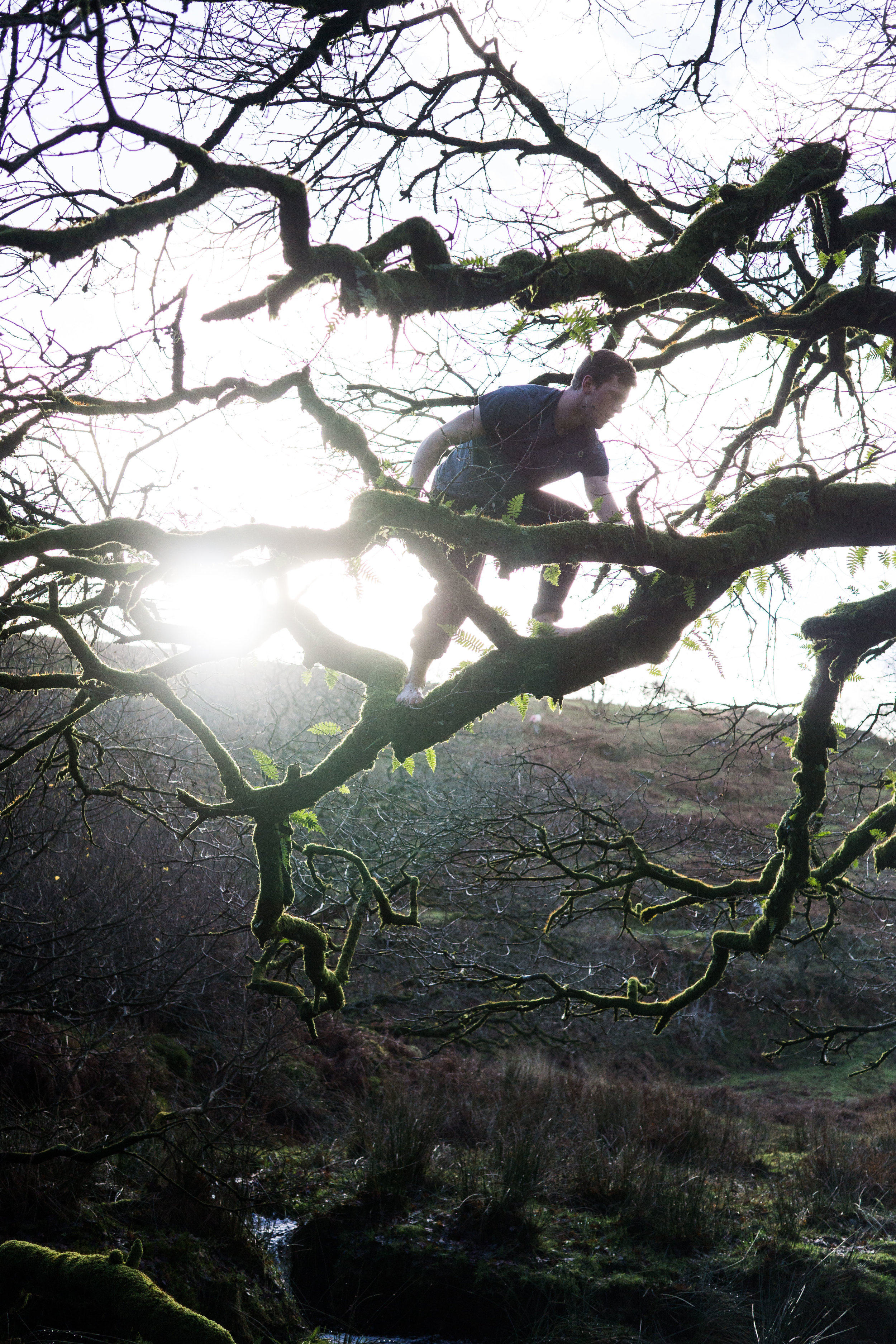



What are the most common misconceptions about furniture free? Well these are my top three!